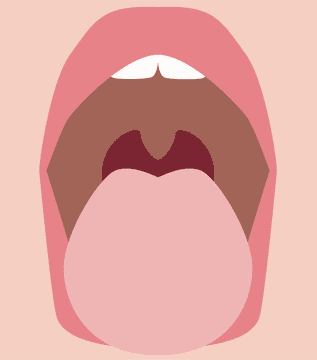
Article
Case Study: Capturing Quality Images for ML Algorithm
This post was previously on the Pathfinder Software site. Pathfinder Software changed its name to Orthogonal in 2016. Read more.
Wearable technology that can monitor physical activity, collect data and deliver real-time feedback to individuals is the future of truly personalized care. Although technical challenges have limited mass utilization of sensors in the past, new prototypes of skin patches can detect temperature, heart rate, perspiration and movement disorders, and even release medication. At Orthogonal, we believe that sensors are poised to change the delivery system of healthcare.
New, wearable skin patches are unobtrusive and almost unnoticeable, making them both functional and useful. Not only will they provide better knowledge of individual health through monitoring, but they’ll also increase mobile health and tele-healthcare capabilities. This ability to extend the geography of care by wearing sensors will further drive down societal health costs in general.
Additionally, consumer demand for wireless and sensor technologies is taking off. According to reports by Fierce Mobile Healthcare, the wearable technology market is expected to reach $1.5 billion in 2014 and $6 billion by 2016, with sensors ranging from passive (they do not require active engagement for use or data collection) to real time, responsive and self-managing technologies.
At present, the market is primarily split between companies that are consumer-focused and those that are health outcomes-focused. By this, we mean companies like Jawbone, Apple and Samsung who are in the headphone and wristband-monitoring sector instead of companies like Medtronic and AliveCor, who are creating skin patches users wear for specific health-related purposes. However, there are also companies that fall in the middle, like Adidas, who is equipping the 2014 US World Cup team in order to monitor performance and health during physical activity.
When they’re employed, the various wearable sensors can change health and care using modern innovation by detecting the most prevalent ailments such as heart disease with cardiac monitoring and preventing disease using health and wellness techniques. With clients such as PhysIQ, Orthogonal has demonstrated what a powerful trend sensors can be and just how deeply individual health can be impacted. PhysIQ specifically allows daily monitoring of patients with chronic diseases and provides early notification to clinicians of any changes. All of which will lead to connectivity, increased knowledge, cost reductions and overall improvements in individualized care.
In their most recognizable form, sensors are stretchable electronics that spread across the skin (visually similar to a Band-Aid), and they’re currently being tested in laboratories around the globe. In the US, the Food and Drug Administration (FDA) has strict testing standards for the quality of materials and registration of medical devices, but wearable sensors innovation is a worldwide initiative, leading to many choices for skin devices that can yield all of the aforementioned health benefits.
The research and development process leading us to the new forefront of healthcare currently means a lot of trial and error at a high cost. The short-term use of the sensor devices (usually 24 to 72 hours) also means medical device firms must work with the sensitivities and lifestyles of users. Then these factors have to be tested and refined, which takes a lot of time and considerable financial risk.
But the core of the sensor transformation is the improvement in the quality of life. This doesn’t just mean improved quality for the people who are already healthy and want to monitor their health, but for entire communities that need better access to care, freedom to travel and portability for medical information that is collected and stored. Inherently, sensor technology could be a major competitor of the future definition of population health.
With Orthogonal’s unique set of products, and our guidance, achieving better health outcomes and more cost-effective care is possible, and sensors are leading the way.
Related Posts

Article
Case Study: Capturing Quality Images for ML Algorithm

Article
Climbing the Mountain of Regulatory Documentation for SaMD

Article
You Had Me at Validation

Article
Building & Scaling a Successful Cybersecurity Culture